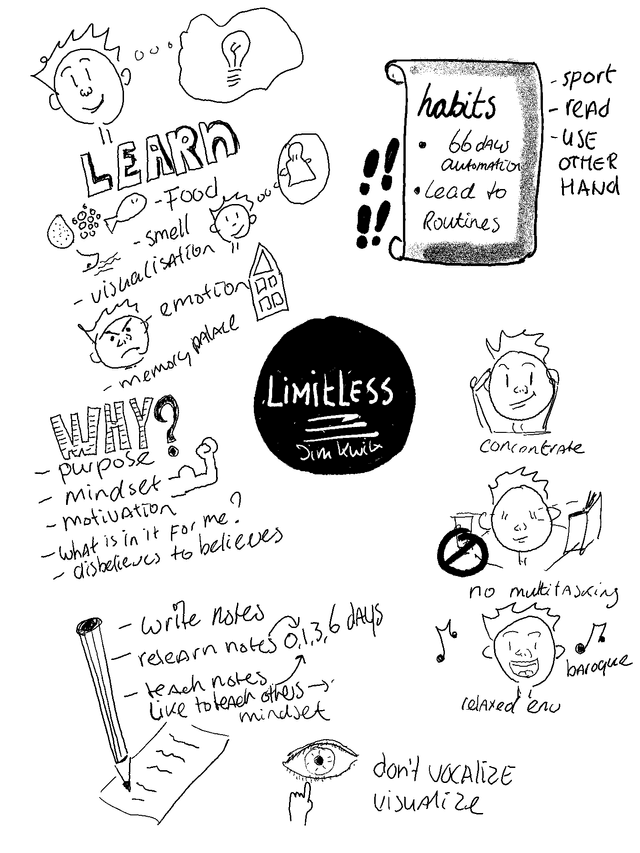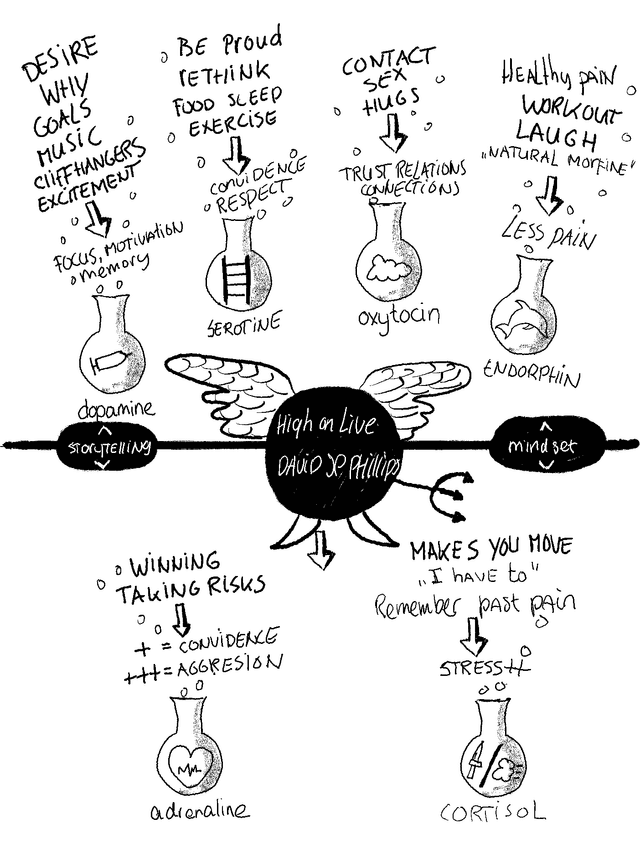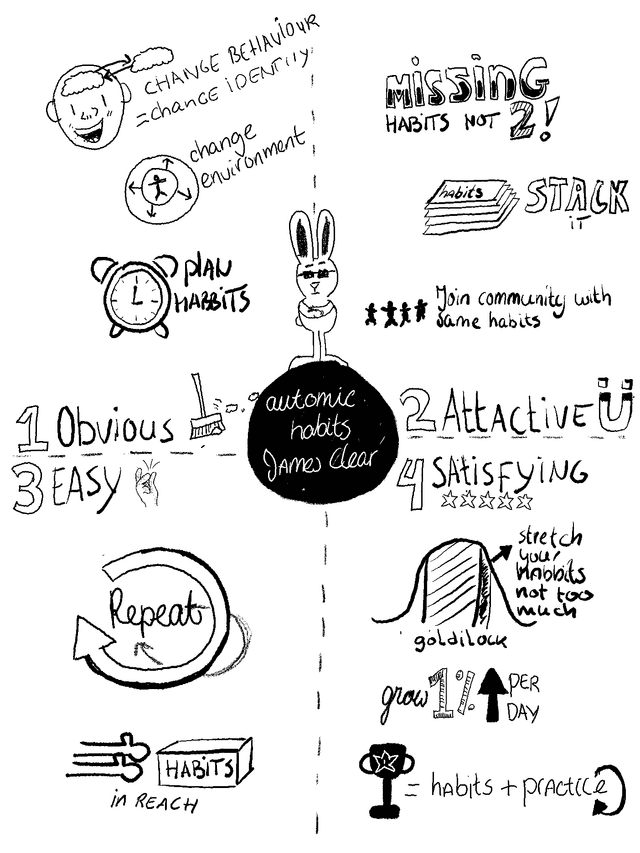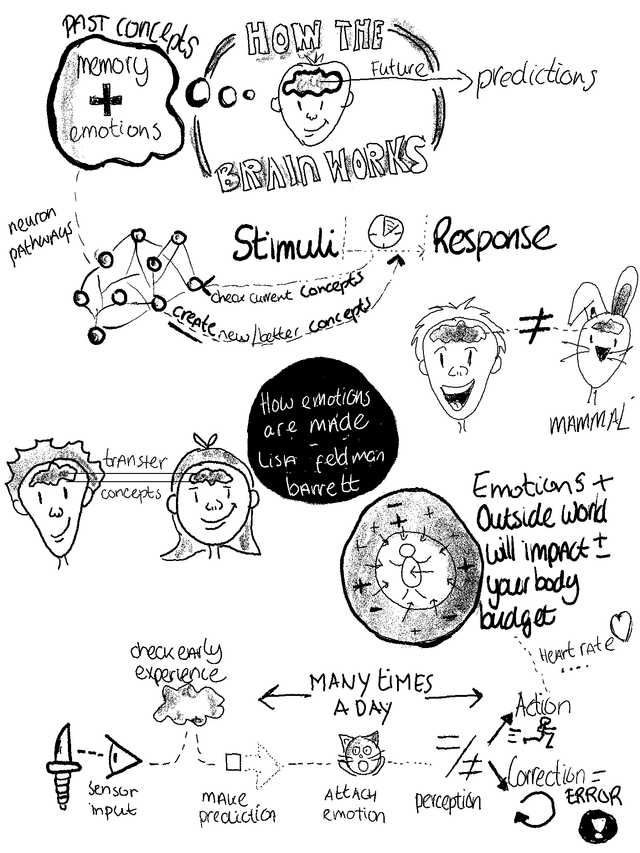Books
I have a passion for reading books, but I often find myself forgetting the details of the previous sentence, chapter, or even entire book. To overcome this challenge, I've discovered a method to read and learn more efficiently and faster.
For each book I read, I create a one-page illustration summarizing its key points. I frequently refer back to these illustrations. Since the brain is naturally inclined to remember images rather than words, this approach aids me in absorbing, retaining, and applying the knowledge from books. I plan to create an illustration for each book I read and share them here so that others can also benefit from them.

Limitless
Jim Kwik
Limitless unveils powerful strategies to unleash the full potential of your brain. Offering practical techniques and insightful wisdom, Kwik guides readers to overcome mental barriers and achieve peak performance. Through this transformative journey, readers discover how to enhance memory, boost productivity, and unlock their limitless capabilities.

High on Live
David JP Philips
High on Life is a captivating exploration into the art of living with purpose and fulfillment. Through personal anecdotes and actionable insights, Philips inspires readers to embrace a life filled with passion, meaning, and joy. Drawing from his research on happy neurons, Philips reveals how cultivating positive emotions can rewire the brain for lasting happiness and fulfillment, empowering individuals to break free from societal norms and cultivate a mindset of abundance and gratitude.

Automic Habits
James Clear
Atomic Habits by James Clear is a self-help book focused on the power of small, incremental changes to achieve significant improvements in various aspects of life. Clear argues that by making tiny adjustments to our daily routines, we can build good habits, break bad ones, and ultimately transform our lives. The book emphasizes the importance of the 1% rule—improving just 1% each day—and provides practical strategies and techniques for habit formation, backed by scientific research. Key concepts include the four laws of behavior change: making habits obvious, attractive, easy, and satisfying.

How emotions are made
Lisa Feldman Barrett
In How Emotions Are Made, Lisa Feldman Barrett argues that emotions are not innate but are constructed by our brains using past experiences and cultural context. She challenges the traditional view, showing that emotions are tailored, not universal, responses shaped by our perceptions and predictions.

Co-Intelligence Living and Working with AI
Ethan Mollick
Ethan Mollick sees what others miss: after millennia of solo evolution, humanity has created a complementary intelligence that can enhance our thinking. While debates rage between AI optimists and doomsayers, Mollick offers practical wisdom on working alongside AI. In 'Co-Intelligence,' he shows how these tools can serve as partners in our work, learning, and growth, providing a clear guide to this new era of human-AI collaboration.